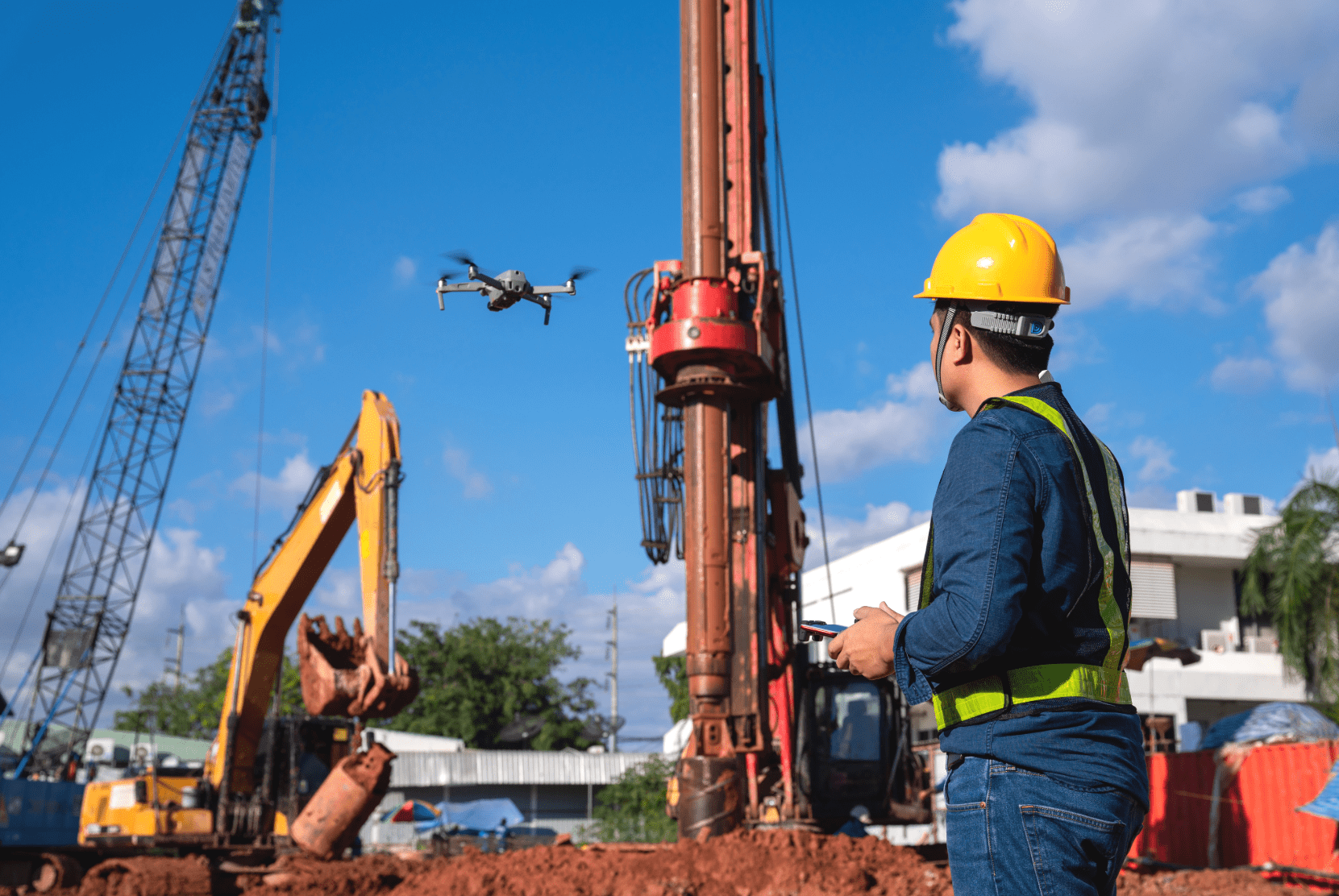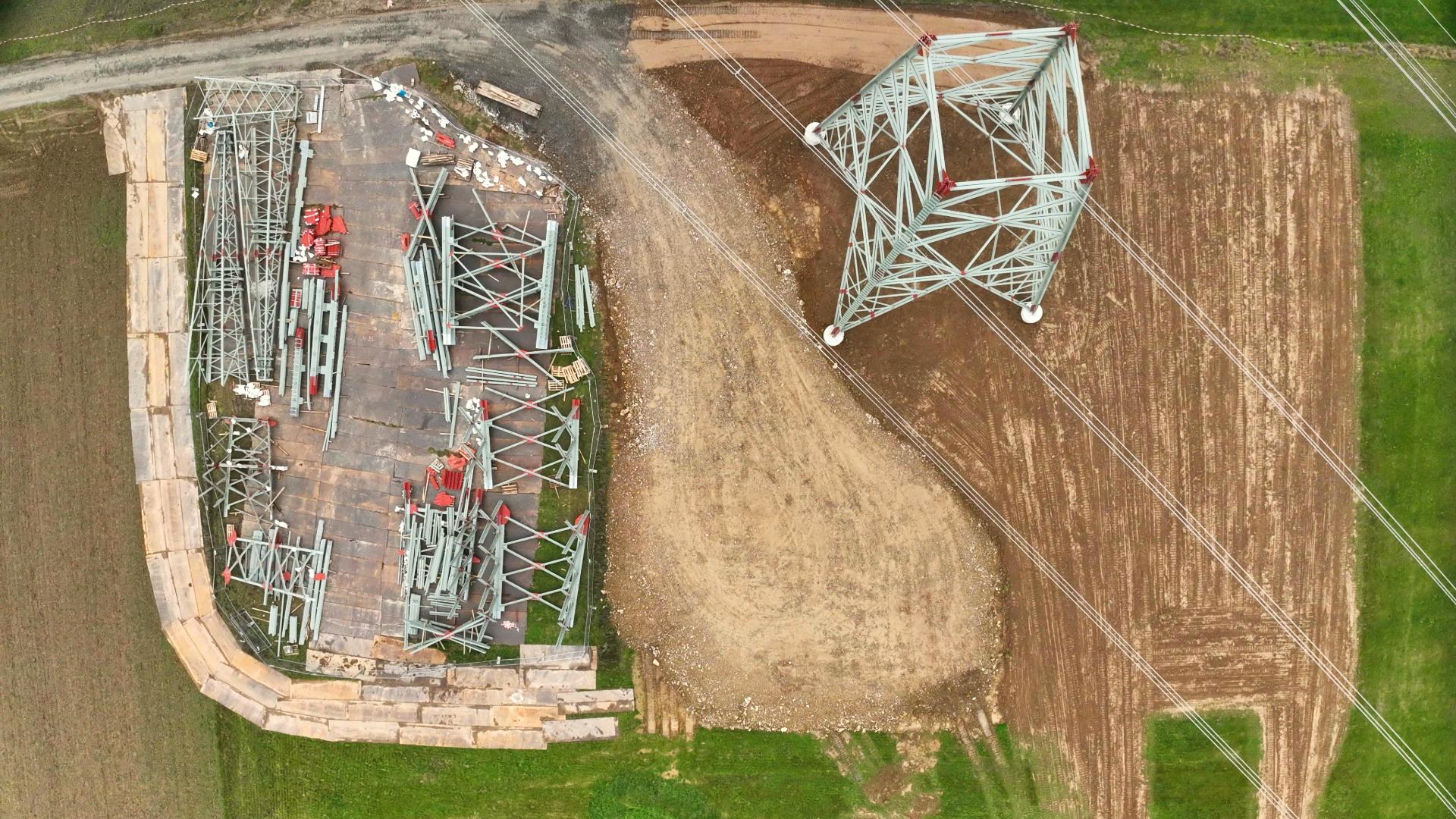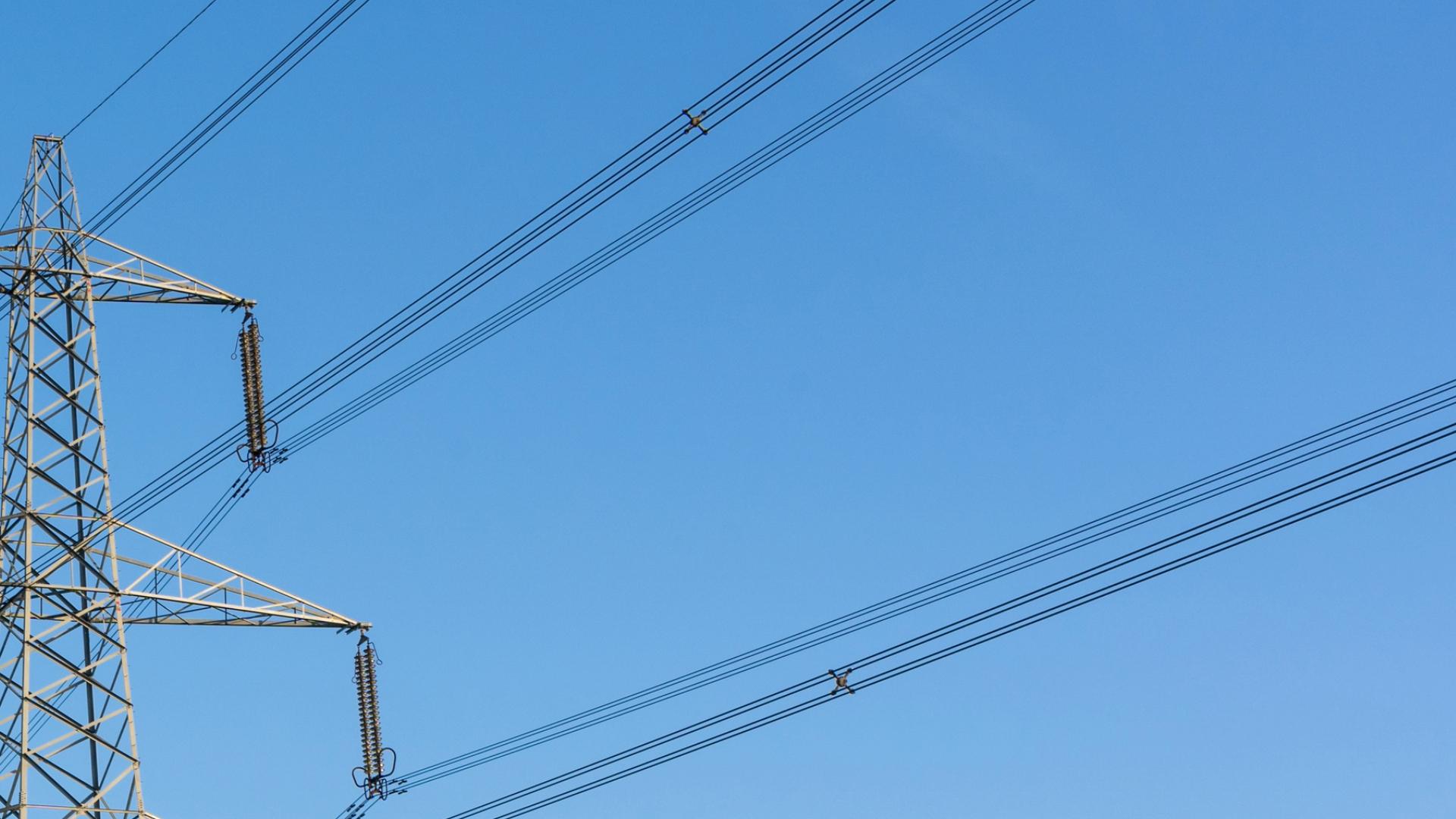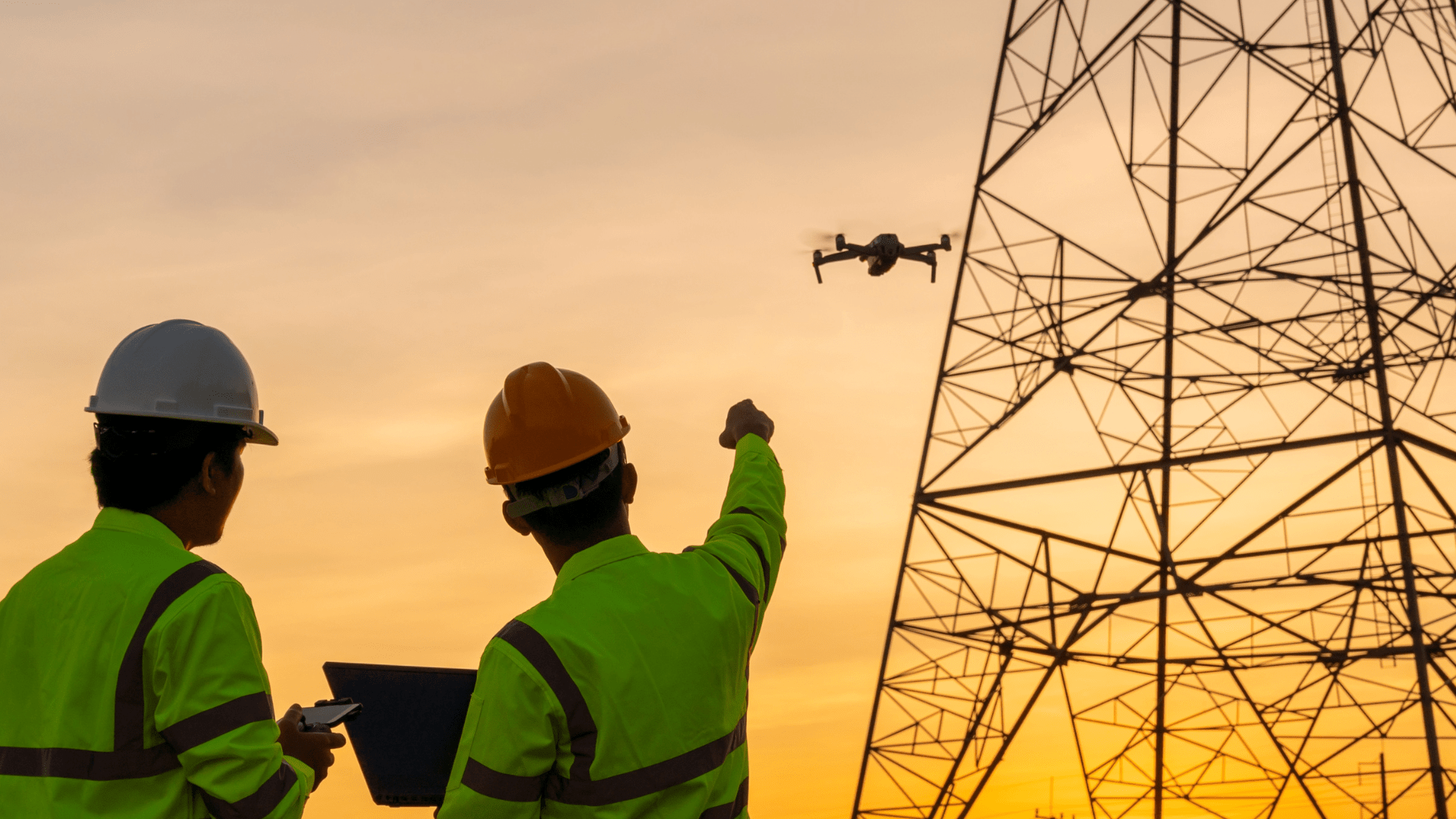Not always visible to the naked eye, but even in the sky, there is little space. The so-called VFR air traffic (visual flight rules), personal air vehicles (PAV), Cargo UAS, skydivers, weather balloons and rescue helicopters: all of them fly in the so-called airspace class G. This is uncontrolled airspace that extends from the surface of the earth to 2500ft (approx. 762 m) in altitude.
FlyNex, the German Aerospace Center (DLR) and other partners are developing a concept as part of the City-ATM project to enable a seamless integration of newer traffic participants in this airspace, particularly drones. The aim of the project is to allow all traffic participants to fly safely in the air and to move simultaneously within it without disturbing or crashing into each other.
After the first successful test flights at the Köhlbrandbrücke in Hamburg in phase 1 in 2019, further tests for phase 2 have been carried out this year in Cochstedt at the National Experimental Test Center.
Unlike other airspaces, in the uncontrolled airspace G, obstacles on the earth’s surface must be additionally considered during flights. In phase 2 in Cochstedt, a procedure was therefore tested in which drones independently alert each other to sudden hazards or obstacles.
No More Pilot Needed
Several UAVs with different flight patterns were operated at the same time within the test area. A smoke bomb was used to simulate a fire, which was detected by a drone. A ground system of drones detected the hazard and created an artificial barrier around the danger area. The border, also called Dynamic Geofences, was transmitted to a central FlyNex server, which acted here as a U-Space service provider.
The ground stations were thus informed of the new ad hoc no-fly zone by the network service provider/drone management platform FlyNex. The information was transmitted to the systems of the different drones via drone software. One of the drones therefore independently recognized that it was currently in the no-fly zone. The UAV maintained its position in the air and waited for further instructions from the drone operator. This type of communication is intended to warn other drones of dangers and obstacles in the future but ultimately also to ensure safe, organized and coordinated traffic in the air.
The tests in Cochstedt have been successful. The project participants include DFS, Kopterkraft, Auterion, NXP, FlyNex, and the Center for Applied Aeronautics Research and the Society for Air Traffic Informatics (ZAL).
Further information can also be found on the DLR website at https://www.dlr.de/fl/en/desktopdefault.aspx/tabid-1149/1737_read-50670/
The City-ATM project is designed to contribute to the realization of EASA’s U-Space concept. The aim of U-Space is to integrate a large number of drones into European airspace. The intention is to achieve a high level of automation of processes and connectivity between the drone and the environment. The White Paper “U-Space“ describes and visualizes how this will be achieved and, above all, what new opportunities this will provide for companies and the economy.
We wish you good flights,
Your FlyNex Team




